Used car prices play a significant role in the United States car market. They influence how people buy and sell vehicles, as well as how they budget for cars. The average used car price in the U.S. represents the typical sale value of pre-owned cars nationwide based on online marketplaces and available dealer data. It is essentially the amount most buyers pay for used cars at any given time. While various factors influence the average selling price of used vehicles across America, inventory levels and interest rates continue to shape the market.
As everyone navigates tighter inventories, shifting used car market trends, and higher interest rates, tracking national used car averages in 2025 becomes essential. Whether selling, buying, or trading in, understanding what the average used car price indicates can help you make important financial decisions.
In addition to aiding with budgeting, understanding the average used car price in the U.S. can help buyers determine whether prices are rising or falling. For sellers, it helps identify when used car demand is high enough to secure top dollar for a private sale or trade-in. Monitoring used car prices also helps evaluate how interest rates and inflation affect affordability over time.
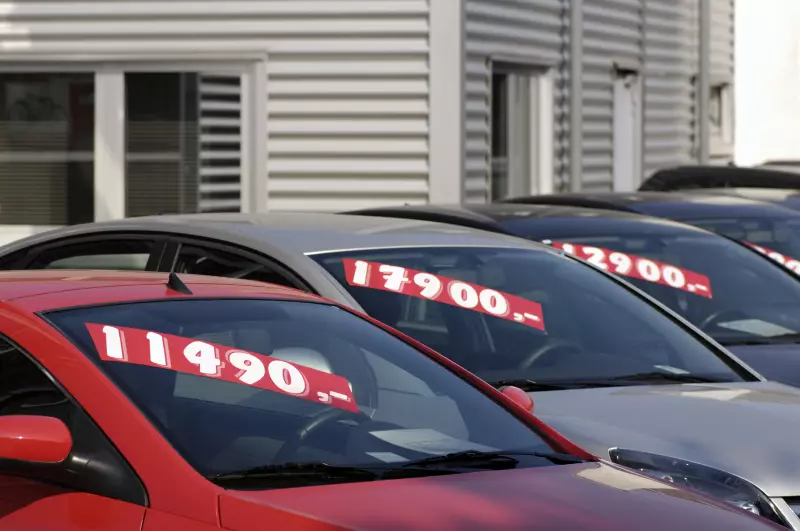
Key 2025 Figures and What They Mean
The current average used car price in the U.S. in 2025 is about $25,600, representing a decline compared to the last few years. The table below shows the average used car prices over the last three years:
|
Year |
Average Used Vehicle Price |
|
2025 |
$25,600 |
|
2024 |
$27,000 |
|
2023 |
$28,900 |
This table reveals a downward drift in used car prices over the last few years. The average price in 2025 declined by approximately 6.1% compared to 2024 and by around 6.2% in 2024 compared to 2023. This means the average used car price is pulling the benchmark downward, giving many buyers more negotiating advantage. Sellers should not expect to get the same premium they might have made from selling or trading used cars a few years ago.
What’s Driving Price Changes
Various factors affect used car prices in the U.S. Some of these factors determine what sellers can expect for trade-ins and how much buyers pay for pre-owned vehicles. The key factors driving used car prices in 2025 include vehicle age, ownership costs, demand and supply, and mileage.
- Age and Mileage of Cars - The average age and mileage of cars are major factors driving price changes and influencing used car market trends in 2025. Prices of newer used vehicle models between one and three years old remain relatively high because they typically have lower mileage and are in high demand. In contrast, older models with higher mileage often sell below the national average due to depreciation. However, properly maintained older models from reliable car brands may still retain strong value.
- Demand and Supply - As in any other market, used car prices rise when there are more buyers than available vehicles. Although more trade-ins and leased vehicles are entering the market in 2025, supply remains below pre-pandemic inventory levels. Demand has also declined slightly due to rising interest rates. More cars but fewer buyers explain why used car prices are falling.
- New Car Market and Trade-in Cycles - More people are trading in their older cars because it's becoming easier to find new vehicles. This increases used car supply and further pushes down prices. Additionally, buyers are being attracted by manufacturer discounts and new car incentives, making them look away from the used car market altogether and further weakening used car demand.
- Cost of Owning a Car - Despite the slight decline in pre-owned vehicle prices, financing costs, maintenance expenses, and insurance rates have all gone up in 2025, increasing the cost of owning a used car. Used car prices are not dropping because vehicles have suddenly lost value. Rather, some buyers are hesitant due to higher monthly payments, which slightly reduces demand and forces dealers to review prices.
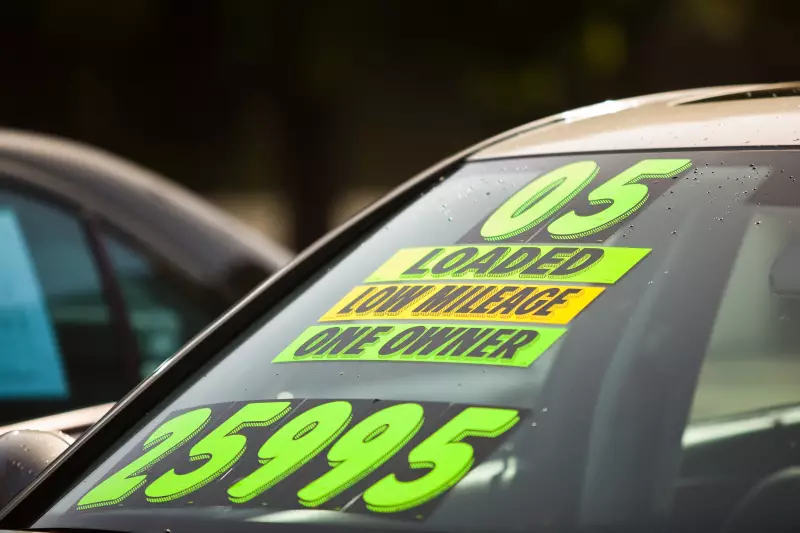
What the Numbers Look Like by Category
The average price of used cars in the United States masks some variances. You may not notice these differences until you look at prices by the type of vehicle and age/mileage.
The tables below show a rough breakdown of used car price trends in the United States by vehicle type and mileage:
|
Used Car Price Trends by Car Type in the U.S. (2025) |
||
|---|---|---|
|
Vehicle Type |
Average Price (Approximate Range) |
Notes |
|
Compact sedans/small cars |
$16,000 - $21,000 |
Typically priced below the national average but highly price-sensitive. |
|
Trucks |
$22,000 - $30,000 plus |
Demand keeps prices stronger, particularly in truck-heavy or rural markets |
|
SUVs/Crossovers |
$24,000 - $34,000 plus |
Popular and mid-size models are a bit above average. They remain in demand because of their versatility |
|
Hybrids/Electric Vehicles (EVs) |
$29,000 - $37,000 |
Among the most volatile vehicle types, with prices of some models dropping considerably. Prices see more of a downward trend than an upward trend |
|
Luxury models |
$32,000 - $60,000 plus |
They sometimes see price spikes and also steep depreciation for less desirable models. Price depends on make, model, features, condition, and trim. |
|
Used Car Price Trends by Mileage in the U.S. (2025) |
||||
|---|---|---|---|---|
|
Mileage Band (Miles) |
Compact Sedans/Small Cars |
EVs/Hybrids |
SUVs/Crossovers |
Trucks |
|
0 - 20,000 |
22,500 |
35,000 |
30,500 |
27,000 |
|
20,000 - 50,000 |
18,000 |
30,200 |
25,000 |
22,500 |
|
50,000 - 80,000 |
14,000 |
24,000 |
20,000 |
17,800 |
|
80,000 - 120,000 |
10,500 |
18,000 |
14,400 |
12,600 |
How Age Affects Used Car Value
Age-based depreciation remains one of the strongest drivers of used car prices in the U.S. A car’s value typically drops as it gets older, but the rate at which it falls changes over time. A car loses a large percentage (between 20% and 25%) of its value in its first year. Depreciation is generally steep over the first three years, and many vehicles lose around 40% of their initial purchase price within this period.
Depreciation typically slows after about five years, and the annual rate of loss for cars purchased as new tends to decline each year after this period. After about 10 years, there is less original value left to lose. Consequently, older cars may experience smaller year-over-year percentage declines. However, a well-maintained, low-mileage vehicle may command a premium over a poorly maintained car of the same age.
How Much the Difference in Average Used Car Price by Mileage, Age, and Vehicle Type Matters
You will notice some gaps when you review the average used car price by age, vehicle type, and mileage. Typically, premium pricing is common with low-mileage cars (0 to 200 miles), while prices tend to moderate with mid-range mileage vehicles (20,000 to 50,000 miles). Many used vehicles with high mileage (80,000 to 120,000 miles or mores) often demand significantly lower prices. Older or high-mileage vehicles will likely be sold at discounted rates even in a stable market.
Forecast/What to Expect for the Rest of 2025
Based on current market dynamics and trends, projections suggest price stability or softening through the rest of 2025, rather than a sudden spike or decline. Prices have been falling, and retail listings already show signs of softness. As a result, used car prices at the retail and wholesale levels are expected to dip gradually for the rest of the year due to cooling demand and increasing supply.
However, some segments of the market may continue to resist price declines. For instance, most three-year-old cars with low mileage will likely remain relatively resilient. Similarly, mid-range, in-demand crossovers and SUVs are expected to hold their value better due to the limited supply of nearly new models and strong buyer preference. Additionally, high-end electric vehicles (EVs) and luxury cars may see more price volatility, with prices potentially falling or rising, depending on brand prestige, car model, and battery health.
Although analysts’ projections signal a gradual downward drift in used car prices for the rest of the year, the following factors may change things and shift the forecast for used car prices in late 2025:
- New Car Supply - Used car prices could increase if car manufacturers raise prices or face production constraints, prompting more people to buy used vehicles.
- Part Costs, Tariffs, and Regulation - Supply chain bottlenecks and new import tariffs often push new car costs higher. If this happens, more buyers will turn to used cars, leading to an upward pressure on prices.
- Financing Costs and Interest Rates - There may be more dramatic downward pressure on prices than expected if there is a surge in loan interest rates, making used car payments less affordable.
- Economy - This could shift price forecasts in either direction (upward or downward). Typically, fewer buyers will enter the used car market if job growth slips or a recession occurs, pushing used vehicle prices down.
What This Means for Buyers
As used car prices continue to drift downward, you might have a negotiating advantage as a buyer, especially for older, less desirable cars. If you’re looking to buy a car, getting a compact SUV may offer more stable value than sedans in many car markets. It is better to act sooner if your target is a vehicle between two and four years old.
The following tips can help you use average used car prices in 2025 to your advantage:
- Understand that Mileage and Condition Affect Value - Know that the prices of two used vehicles of the same model and year can differ greatly. Accident history, dents, wear, and worn-out tires can all impact price. Similarly, every 10,000 to 20,000 miles can reduce value by 5% to 20%, depending on the vehicle model.
Use tools like GoodCar’s Vehicle History Search to find a used vehicle’s condition and mileage, which can help determine whether the average price is fair before buying it. - See the Average Price as a Benchmark - Think of the average used car price as the baseline when shopping for a used vehicle, not a rule, and learn to go beyond the average to find real value. You will likely spot good deals by adjusting your expectations based on car mileage, type, and age.
- Know the Best Time to Buy a Used Car - Timing a used car purchase can make a big difference. Prices typically go up slightly due to higher demand during early spring and tax refund season (February to April). On the other hand, dealers often try to clear inventory during late fall and winter (October to November); prices are usually lower during this period.
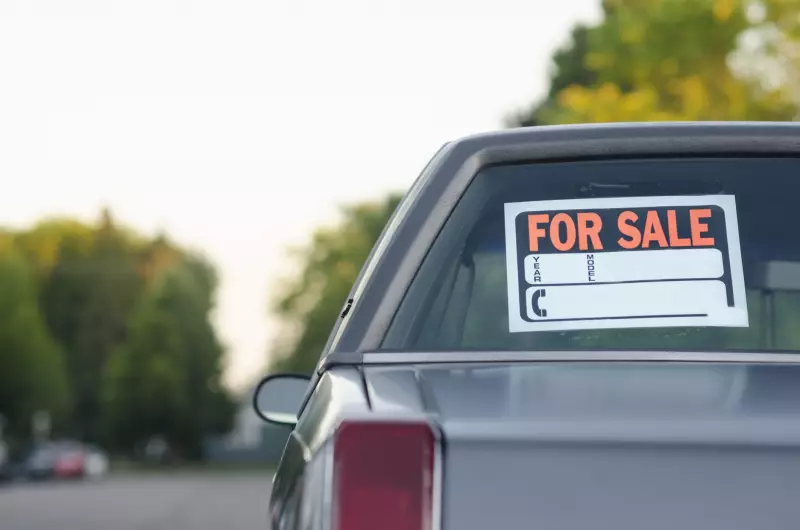
What This Means for Sellers/Trade-ins
The average price of used cars is also a critical baseline for sellers. As a car seller, knowing how your vehicle compares to the national average will help you time your sale strategically and set a fair asking price, whether trading it at a dealership or selling privately. Think of the average price as a starting point and then adjust prices based on the specifics of the car to be able to set a realistic price for each listed vehicle or trade-in.
The following tips can help you better price any car or increase trade-in value based on U.S. used car prices in 2025:
- Know the Position of the Used Car Market - There is less pressure on the used car market because the supply of new cars has slightly improved. Additionally, there is strong demand for affordable, fuel-efficient car models, including hybrids, compact sedans, and electric vehicles (EVs). As a result, you can still sell well-maintained hybrid vehicles or small cars for above-average prices. However, it may take longer to sell high-mileage SUVs or larger vehicles.
- Boost the Car’s Value - Everyone, including buyers and dealers, tends to pay more for clean and well-maintained vehicles with detailed maintenance reports. You can enhance perceived and actual value by deep cleaning the vehicle and making minor repairs. Additionally, provide potential buyers with a clean GoodCar report to boost their confidence.
- Know the Best Time to Sell - Selling a used car during high-demand months, usually from spring to early summer (March to June), can net you about 10% more. Tax refunds and warmer weather during this period typically boost sales. You can list your car on GoodCar to reach thousands of active buyers ready to offer top dollar.


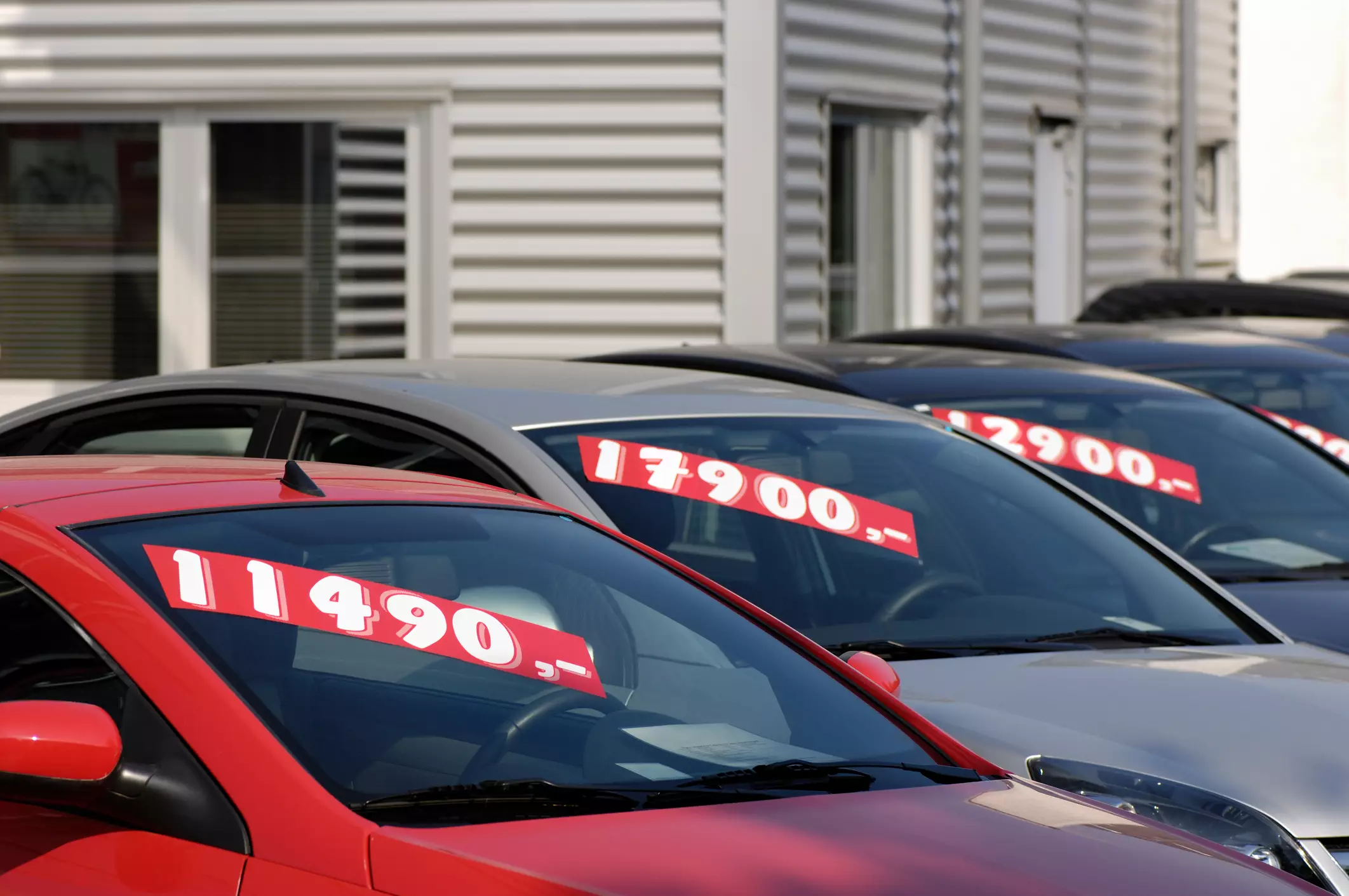




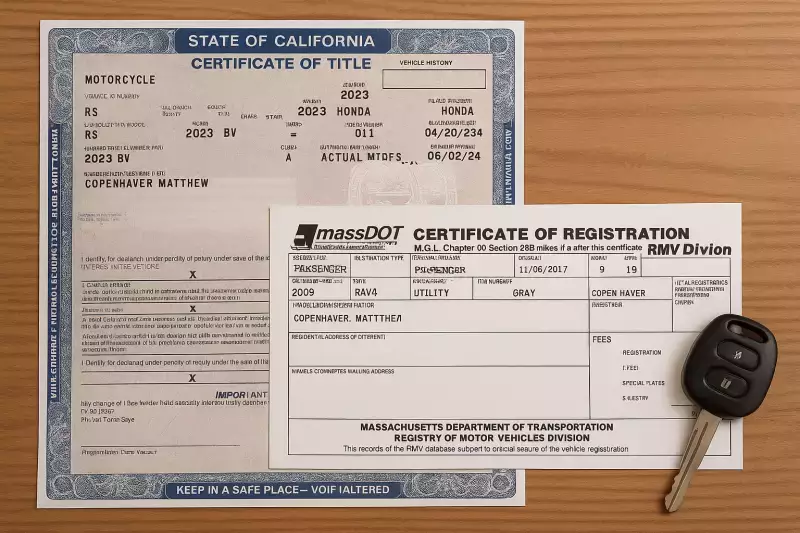
![Best Sites to Check a Car’s History [2025 Review]](https://media.infopay.net/thumbnails/K8lMeG2QLjE46LPqZlmoi6SunKKdT5qvlaRZk6e1.webp)









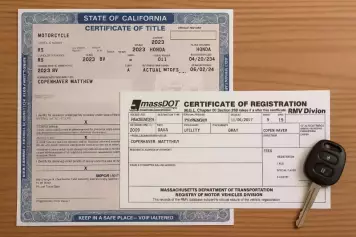
![Best Sites to Check a Car’s History [2025 Review]](https://media.infopay.net/thumbnails/K8lMeG2QLjE46LPqZlmoi6SunKKdT5qvlaRZk6e1-w356.webp)
